Ak 47 for sale
$1,195.00 – $1,400.00
Ak 47 for sale
Ak 47 for sale, officially known as the Avtomat Kalashnikova (Russian: Автомат Калашникова, lit. ‘Kalashnikov’s automatic [rifle]’; also known as the Kalashnikov or just AK), is a gas-operated assault rifle that is chambered for the 7.62×39mm cartridge. Developed in the Soviet Union by Russian small-arms designer Mikhail Kalashnikov, it is the originating firearm of the Kalashnikov (or “AK”) family of rifles. After more than seven decades, the AK-47 model and its variants remain the most popular and widely used rifles in the world.
The number “47” refers to the year the rifle was finished. Design work on the AK-47 began in 1945. It was presented for official military trials in 1947, and, in 1948, the fixed-stock version was introduced into active service for selected units of the Soviet Army. In early 1949, the AK was officially accepted by the Soviet Armed Forces[9] and used by the majority of the member states of the Warsaw Pact.
The model and its variants owe their global popularity to their reliability under harsh conditions, low production cost (compared to contemporary weapons), availability in virtually every geographic region, and ease of use. The AK has been manufactured in many countries, and has seen service with armed forces as well as irregular forces and insurgencies throughout the world. As of 2004, “of the estimated 500 million firearms worldwide, approximately 100 million belong to the Kalashnikov family, three-quarters of which are AK-47s”.[4] The model is the basis for the development of many other types of individual, crew-served and specialised firearms.
Origins
During World War II, the Sturmgewehr 44 rifle used by German forces made a deep impression on their Soviet counterparts.[10][11] The select-fire rifle was chambered for a new intermediate cartridge, the 7.92×33mm Kurz, and combined the firepower of a submachine gun with the range and accuracy of a rifle.
The earlier model of the Sturmgewehr was demonstrated before the People’s Commissariat of Arms of the USSR on 15 July by 1943.The Soviets were impressed by the weapon and immediately began developing their own intermediate caliber, fully automatic rifle as a replacement for the PPSh.-41 submachine guns and outdated Mosin–Nagant bolt-action rifles that armed most of the Soviet Army.[15]
The Soviets soon developed the 7.62×39mm M43 cartridge, which is used in[14] the semi-automatic SKS carbine and the RPD light machine gun.[16] Shortly after World War II, the Soviets developed the AK-47 rifle, which quickly replaced the SKS in Soviet service.[17][18] Introduced in 1959, the AKM is a lighter stamped steel version and the most ubiquitous variant of the entire AK series of firearms. In the 1960s, the Soviets introduced the RPK light machine gun, an AK type weapon with a stronger receiver, a longer heavy barrel, and a bipod, that eventually replaced the RPD light machine gun.
Concept
Mikhail Kalashnikov began his career as a weapon designer in 1941 while recuperating from a shoulder wound which he received during the Battle of Bryansk.[5][19] Kalashnikov himself stated…”I was in the hospital, and a soldier in the bed beside me asked: ‘Why do our soldiers have only one rifle for two or three of our men, when the Germans have automatics?’ So I designed one. I was a soldier, and I created a machine gun for a soldier. It was called an Avtomat Kalashnikova, the automatic weapon of Kalashnikov—AK—and it carried the year of its first manufacture, 1947.”[20]
The Ak 47 rifle for sale is best described as a hybrid of previous rifle technology innovations. “Kalashnikov decided to design an automatic rifle combining the best features of the American M1 and the German StG 44.”[21] Kalashnikov’s team had access to these weapons and had no need to “reinvent the wheel”. Kalashnikov himself observed: “A lot of Russian Army soldiers ask me how one can become a constructor, and how new weaponry is designed. These are very difficult questions. Each designer seems to have his own paths, his own successes and failures. But one thing is clear: before attempting to create something new, it is vital to have a good appreciation of everything that already exists in this field. I myself have had many experiences confirming this to be so.
Early designs
Kalashnikov started work on a submachine gun design in 1942[24] and with a light machine gun design in 1943.[25][26] Early in 1944, Kalashnikov was given some 7.62×39mm M43 cartridges and was informed that there were other designers working on weapons for this new Soviet small-arms cartridge. It was suggested that a new weapon might well lead to greater things. He then undertook work on the new rifle.[27] In 1944, he entered a design competition with this new 7.62×39mm, semi-automatic, gas-operated, long stroke piston carbine, strongly influenced by the American M1 Garand.[28] This new rifle was in the same class as the SKS-45 carbine, with a fixed magazine and a gas tube above the barrel.[27] However, the new Kalashnikov design lost out to a Simonov design.[29]
In 1946, a new design competition was initiated to develop a new rifle.[30] Kalashnikov submitted an entry. It was gas-operated rifle with a short-stroke gas piston above the barrel, a breech-block mechanism similar to his 1944 carbine, and a curved 30-round magazine.[31] Kalashnikov’s rifles AK-1 (with a milled receiver) and AK-2 (with a stamped receiver) proved to be reliable weapons and were accepted to a second round of competition along with other designs.
These prototypes (also known as the AK-46) had a rotary bolt, a two-part receiver with separate trigger unit housing, dual controls (separate safety and fire selector switches) and a non-reciprocating charging handle located on the left side of the weapon.[31][32] This design had many similarities to the StG 44.[33] In late 1946, as the rifles were being tested, one of Kalashnikov’s assistants, Aleksandr Zaitsev, suggested a major redesign to improve reliability. At first, Kalashnikov was reluctant, given that their rifle had already fared better than its competitors. Eventually, however, Zaitsev managed to persuade Kalashnikov.
In November 1947, the new prototypes (AK-47s) were completed. It used a long-stroke gas piston above the barrel. The upper and lower receivers were combined into a single receiver. The selector and safety were combined into a single control-lever/dust-cover on the right side of the rifle. And, the bolt-handle was simply attached to the bolt-carrier. This simplified the design and production of the rifle. The first army trial series began in early 1948.[34] The new rifle proved to be reliable under a wide range of conditions with convenient handling characteristics. In 1949, it was adopted by the Soviet Army as “7.62 mm Kalashnikov rifle (AK)”.[9]
AK 47 Further development
There were many difficulties during the initial phase of production. The first production models had stamped sheet metal receivers with a milled trunnion and butt stock insert, and a stamped body. Difficulties were encountered in welding the guide and ejector rails, causing high rejection rates.[35] Instead of halting production, a heavy[N 1] machined receiver was substituted for the sheet metal receiver. Even though production of these milled rifles started in 1951, they were officially referred to as AK-49, based on the date their development started, but they are widely known in the collectors’ and current commercial market as “Type 2 AK-47”.[36][37] This was a more costly process, but the use of machined receivers accelerated production as tooling and labor for the earlier Mosin–Nagant rifle’s machined receiver were easily adapted.[38] Partly because of these problems, the Soviets were not able to distribute large numbers of the new rifle to soldiers until 1956. During this time, production of the interim SKS rifle continued.[35]
Once the manufacturing difficulties of non-milled receivers had been overcome, a redesigned version designated the AKM (M for “modernized” or “upgraded”; in Russian: Автомат Калашникова Модернизированный [Avtomat Kalashnikova Modernizirovanniy]) was introduced in 1959.[36] This new model used a stamped sheet metal receiver and featured a slanted muzzle brake on the end of the barrel to compensate for muzzle rise under recoil. In addition, a hammer retarder was added to prevent the weapon from firing out of battery (without the bolt being fully closed), during rapid or fully automatic fire.[35] This is also sometimes referred to as a “cyclic rate reducer”, or simply “rate reducer”, as it also has the effect of reducing the number of rounds fired per minute during fully automatic fire. It was also roughly one-third lighter than the previous model.[36]
| options | Buy With License, Buy Without License |
|---|
Be the first to review “Ak 47 for sale” Cancel reply
Related products
Glock store

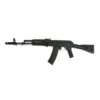
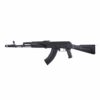
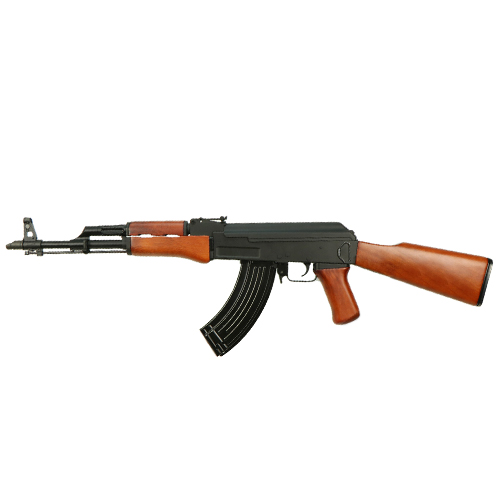

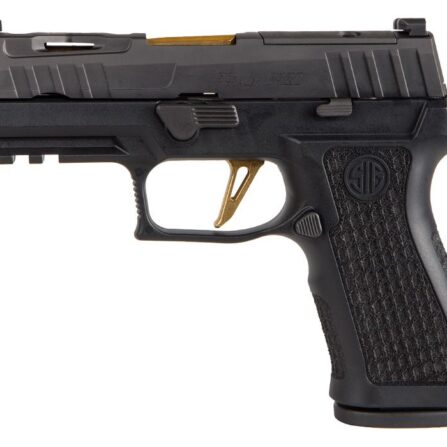
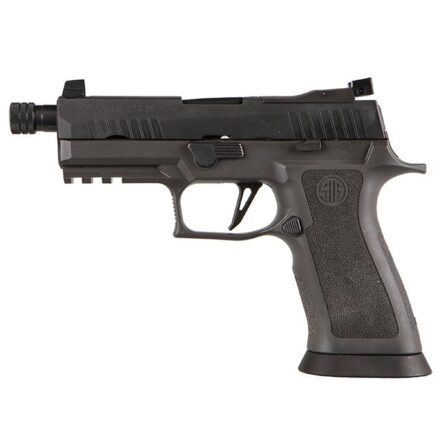



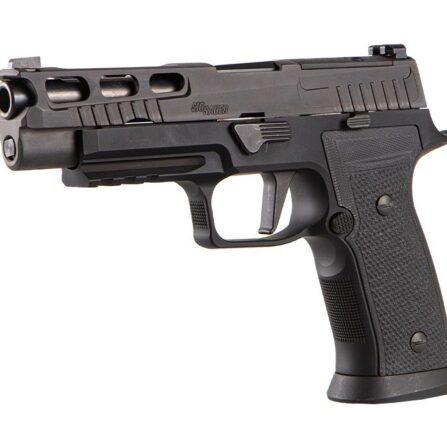
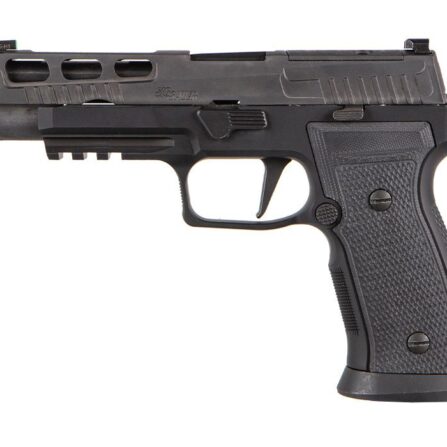
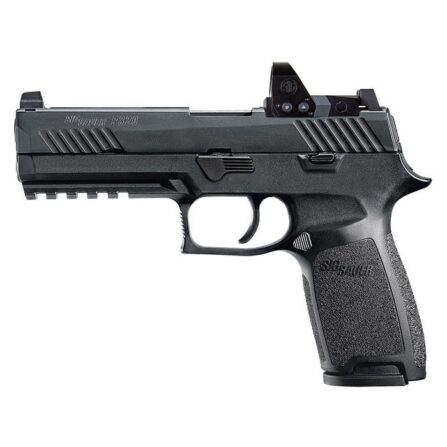
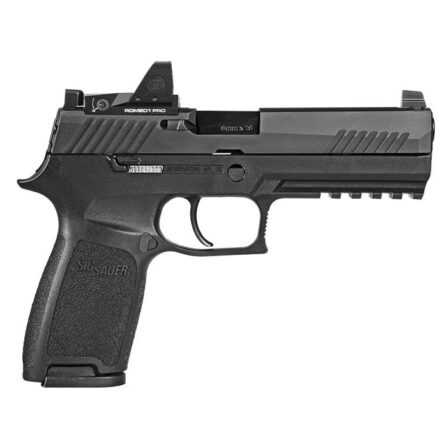

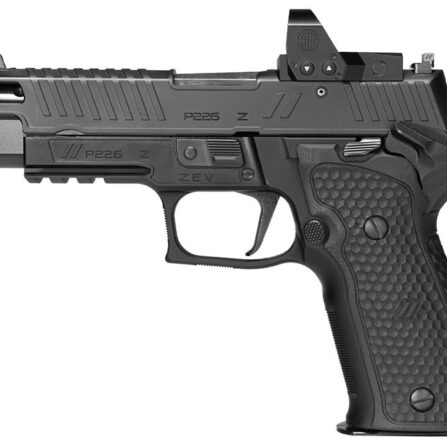
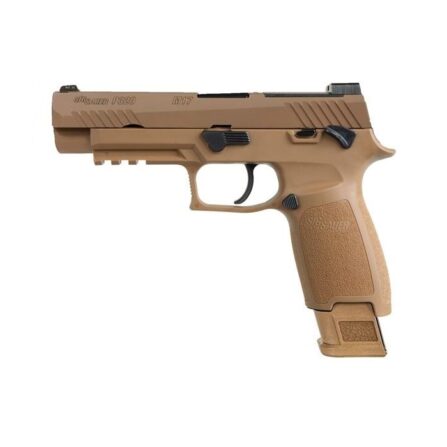
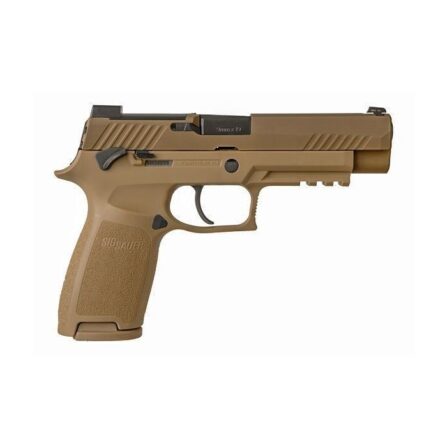
Reviews
There are no reviews yet.